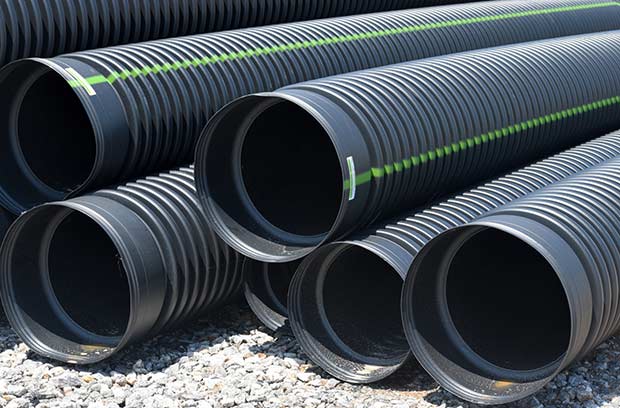
In rural municipalities that have a town center, where services like water, sewer and streetlights are provided to some but not all of the township’s taxpayers, the question arises: How can the town ensure that the residents who benefit most from this special infrastructure are the ones who bear the fair brunt of paying for its upkeep? The solution to this quandary typically takes the form of water, sewer and lighting districts that have the power to levy taxes on those who own property receiving the services. Those who live on the peripheries of town, relying on their own wells and septic fields, get off the hook.
Most municipalities that fit this description in New York State have the power to create such districts written into their zoning codes. But lately, in this era of climate change and apocalyptic-scale weather events, a new concern is rising: the effects of stormwater runoff on drainage systems and roads outside areas that have storm sewers. Much attention has been focused on erosion and stream pollution due to stormwater not absorbing back into the soil in areas that have excessive acreage of impermeable pavement, such as the parking lots surrounding big-box stores. In less developed areas, local highway departments have a different headache: runoff of soil disturbed by the construction of housing developments, which builds up over time and clogs catchbasins, roadway drains and culverts.
“At some of these developments, I’ve seen people empty their footing drains into a ditch, never expecting them to fill up with eight feet of silt,” Gardiner highway superintendent Brian Stiscia reported to the Town Board last week as he broached the possibility of the town establishing drainage districts for larger developments in the future. “Some of these old subdivisions, the retention ponds fill in.” At the Vista Point development, Stiscia noted, his highway crew was tied up for a full week at taxpayer expense, using a rented heavy-duty excavator that cost $2,500 to rent. “We took 40 loads of dirt out…The whole town is paying for it, and it only benefits them.”
Stiscia raised the issue following a discussion that he’d had with his counterpart in the Town of Plattekill, where, he said, the creation of drainage districts had been added as an option in the zoning code. Easements to provide annual fees for the regular upkeep of drainage infrastructure are negotiated by that town’s Planning Board: “It’s done beforehand, as part of the site plan. There’s an annual payment that pays for regular maintenance.”
While not yet commonplace in New York, drainage districts are a regular component of municipal administration in England, Wales and the Netherlands, especially in flood-prone low-lying areas. The states of Illinois, Louisiana and Texas have had laws allowing tax levies for the maintenance of drainage districts for more than a century.
The Gardiner Town Board seemed cautiously receptive to the idea of enabling the creation of drainage districts for larger new developments going forward, with councilman Warren Wiegand calling sewer districts the “best analogy” for how such a system might work.
Deputy supervisor Laura Walls said that she thought that it might be legally possible to impose such districts retroactively, and offered to research the topic through the Cornell Local Roads Program.
“This would be a big process to develop,” warned town supervisor Marybeth Majestic. She agreed that the subject should be incorporated into the ongoing review and updating of Gardiner’s zoning laws.
